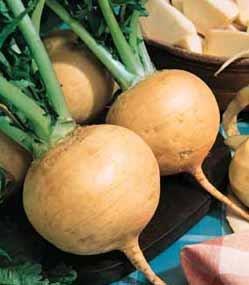Description
Organic Sprouting Seeds Salad Rape
Organic Sprouting Seeds Salad Rape has a slightly milder taste than mustard or cress. Salad rape is much faster growing and can be sown as per cress or used as a sprouting seeds. Rape is often used instead of mustard in the punnets of cress and mustard.
Cultivation Advice
- Choose certified organic salad rape (Brassica napus) seeds specifically labeled for sprouting. Ensure they are untreated and safe for consumption.
- Measure around 1-2 tablespoons of salad rape seeds (adjust based on your sprouting container’s size). Rinse the seeds thoroughly under cold water.
- Place the seeds in a glass jar or sprouting tray and cover them with about 2-3 times their volume of clean water. Soak the seeds for 8-12 hours or overnight.
- After soaking, drain the water from the seeds using a fine mesh sieve or sprouting lid. Rinse the seeds thoroughly with fresh water and drain again.
- Spread the rinsed seeds evenly in the sprouting container to ensure good coverage. Cover the container with a breathable lid or mesh to allow airflow.
- Rinse the seeds thoroughly twice a day, ideally in the morning and evening, by flushing them with water and draining well each time.
- Salad rape sprouts typically start showing growth within 1-2 days. Allow them to grow to your desired length, usually 1-2 inches, within 3-5 days.
- For slightly greener sprouts, expose them to indirect sunlight for a few hours on the final day to encourage chlorophyll development.
- When the sprouts reach the desired length, give them a final rinse and drain thoroughly. Use clean scissors to cut the sprouts just above the seeds.
- After harvesting, pat the sprouts dry using clean paper towels and store them in a breathable container or plastic bag in the refrigerator. Consume within a few days for freshness.
- Adjust soaking times, rinsing frequency, or exposure to light to experiment with the taste, texture, and appearance of salad rape sprouts.
- Ensure all equipment used in sprouting is thoroughly cleaned before and after use to prevent contamination and promote healthy sprout growth.
- Before soaking, carefully inspect the salad rape seeds to remove any debris, stones, or damaged seeds. Rinse them thoroughly under running water to ensure cleanliness.
- Experiment with soaking times to find the ideal duration for your taste preference. Salad rape seeds can be soaked for shorter periods (6-8 hours) for crisper sprouts or longer (up to 12 hours) for longer sprouts.
- Ensure the sprouting container provides proper drainage to prevent waterlogging. Use a container with drainage holes or ensure proper airflow for optimal growth.
- When rinsing salad rape sprouts, use a gentle flow of water to avoid damaging the delicate sprouts while ensuring thorough rinsing.
- Maintain a consistent room temperature (around 70°F or 21°C) during the sprouting process. Avoid direct sunlight but provide indirect light to promote healthy growth.
- Taste the salad rape sprouts during the growth process to monitor their flavor. Adjust the growing time or harvest based on your preference for sprout length and taste.
- Use clean scissors to harvest salad rape sprouts just above the seeds. Rinse the harvested sprouts gently to remove any hulls or debris.
- Incorporate salad rape sprouts into salads, sandwiches, wraps, and as a garnish for various dishes. They offer a mild flavor and a nutritious addition to meals.
- Plan for successive sprouting batches every few days to ensure a continuous supply of fresh salad rape sprouts, allowing for a consistent harvest.
- Clean and sanitize all sprouting equipment after each use to prevent the growth of bacteria or mold, maintaining a healthy sprouting environment.









Reviews
There are no reviews yet.